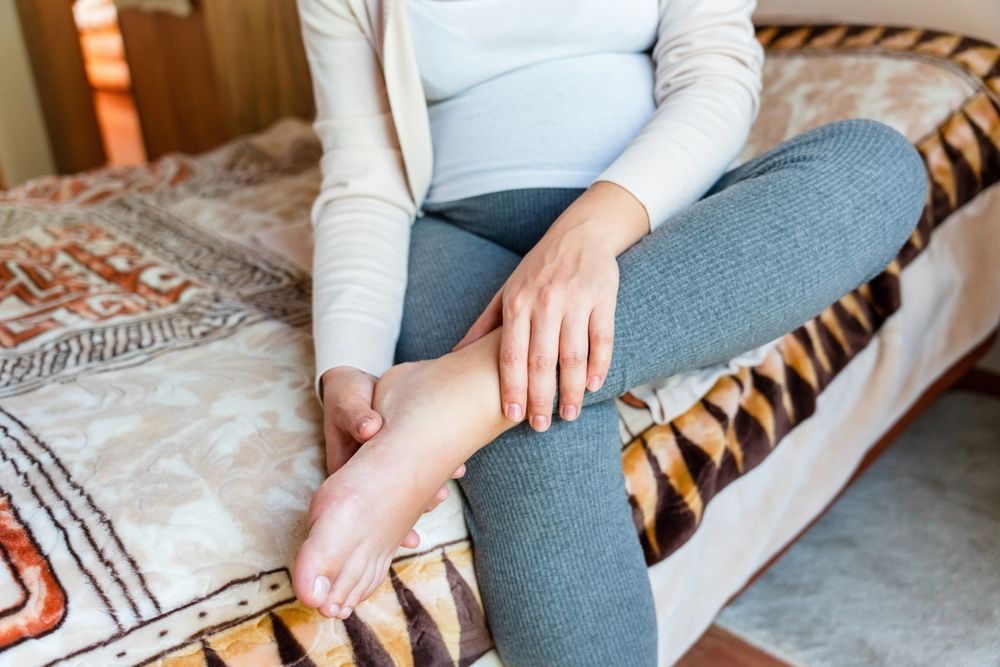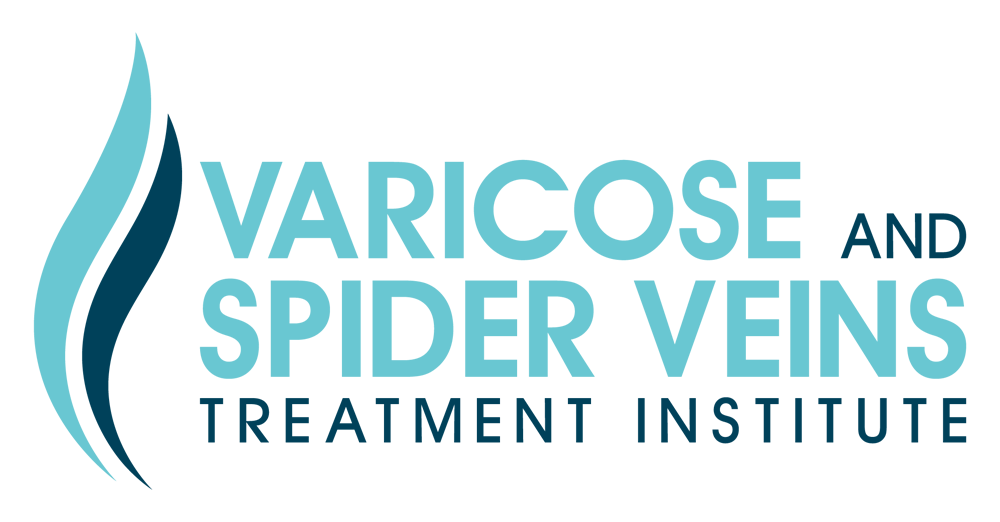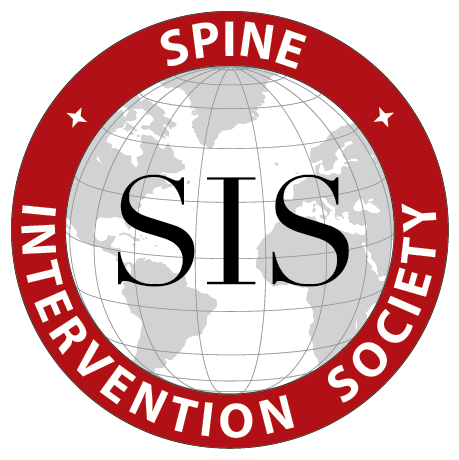Leg Swelling

Leg swelling is caused by fluid buildup, which puts extra pressure on your legs’ veins. The medical term for swelling is edema — peripheral edema is diagnosed when you have swelling in your hands or lower legs. This condition can be a symptom of many different diseases. If you begin to notice signs of leg swelling, your doctor can help you determine what the underlying cause is.
Leg swelling is fairly common, affecting around 20 percent of older adults in the United States. It’s important to seek treatment to prevent long-lasting damage and other health complications.
What Is Leg Swelling?
Fluid is constantly moving throughout your body in your blood vessels. Every day, around five gallons of plasma (the liquid component of blood) is delivered to your body’s tissues to provide nutrients. Most of this fluid is reabsorbed into your bloodstream, but a small portion works its way into your tissues.
Your lymphatic system is responsible for collecting this fluid from your tissues and returning it to your bloodstream. This system is made of vessels, lymph nodes, and other organs throughout your body (for example, your spleen, tonsils, and appendix). Your lymphatic system is responsible for controlling fluid levels in your body, and it also carries immune cells to help fight infections.
Leg swelling can occur when the smaller blood vessels (capillaries) of the lymphatic system become damaged and can no longer collect fluid. This causes lymphedema — or fluid buildup — in the space around your leg muscles.
Common causes of lymphedema include:
- Obesity
- Infections
- Trauma or damage to your legs’ veins
- Surgery on your pelvis or leg
- Congestive heart failure
- Chronic vein issues
- Kidney disease
- Lack of physical activity
Causes of Leg Swelling
Your swollen legs may be a sign of an underlying health condition. There may be a problem with your blood vessels, or you may have a more serious condition like a blood clot or organ dysfunction. If you begin to notice that your legs are swollen or puffy, talk to your doctor. You may need additional treatment.
Deep Vein Thrombosis (DVT)
DVT occurs when a blood clot becomes stuck in a “deep” vein in your body, typically in your pelvis, thigh, or lower leg. The clot blocks blood from flowing properly through your vein, causing pressure to build. This can weaken the vein and cause it to leak, leading to more swelling. DVT often develops in just one leg — you may notice pain, swelling, and cramping in the foot or ankle of the affected leg.
If left untreated, DVT can lead to a serious condition known as pulmonary embolism (PE). This occurs when the blood clot travels from your leg back up to your lungs and becomes stuck. As a result, blood pressure increases in your lungs, leading to chest pain, shortness of breath, and eventually right heart failure.
To learn more about DVT and venous thrombosis (blood clots), read here.
Chronic Venous Insufficiency (CVI)
CVI is a vein condition that develops when your legs’ blood vessels become damaged, preventing blood from flowing back up to your heart. These vessels have valves that help blood flow in the right direction toward your heart — when they are damaged, some blood travels toward your heart, while some travels back toward your skin and muscles. This causes it to pool in your feet and ankles, leading to swelling and increased pressure.
Common causes of CVI include:
- Leg injuries or surgery: can block blood flow or cause inflammation, eventually damaging the blood vessels
- Weight gain or obesity: puts extra pressure on your legs’ veins, which can damage the valves
- Standing or sitting for too long: lack of movement decreases blood flow back to your heart, causing it to collect in your feet, ankles, and legs
To learn more about venous insufficiency,
read here.
Varicose Veins
Varicose veins are twisted, swollen veins found right underneath the skin’s surface, typically in your legs. Varicose veins form when the valves in your leg veins become damaged, causing blood to flow back into your muscle rather than to your heart. Over time, the veins become swollen and bulge out from your skin. The buildup of extra blood can also make your legs swell.
To learn more about varicose veins,
read here.
Spider Veins
While varicose veins tend to affect larger veins in the legs, spider veins (also known as telangiectasia) are found closer to your skin’s surface. These smaller, red veins resemble a spider web and do not make your skin bulge. Spider veins may be caused by faulty blood vessel valves, hormonal changes, or too much sunlight exposure.
To learn more about spider veins,
read here.
Kidney Disease
Your kidneys are responsible for filtering your blood to remove excess water and waste. The tiny blood vessels and filters in your kidneys can become damaged over time from high blood pressure (hypertension) or high blood sugar levels (diabetes). Kidney disease prevents your kidneys from working properly, causing extra fluid to build up in your legs. If this progresses to kidney failure, you may need dialysis to filter your blood and remove extra fluid.
Congestive Heart Failure
Congestive heart failure is diagnosed when your heart cannot properly pump blood. There are two main types of heart failure — one caused by the heart being too weak to pump blood, and the other caused by the heart being too stiff. This prevents oxygen-rich blood from reaching your organs. One of the most common causes of congestive heart failure is high blood pressure, which damages the valves in your blood vessels. As a result, the combination of damaged blood vessels and a weak or stiff heart causes fluid to build up in your feet, ankles, and legs.
Cirrhosis of the Liver
Cirrhosis of the liver is a later stage of liver disease that causes scar tissue to form in place of healthy tissue. This causes permanent damage, preventing blood from flowing through your liver properly. As liver failure continues to get worse, pressure builds in your portal vein (the main vein through the liver), eventually leading to swelling in your legs and abdomen.
Taking Certain Medications
Some medications may make it harder for your body to get rid of extra fluid. Leg swelling can be a side effect of:
- Blood pressure medications, such as amlodipine
- Oral steroids, such as prednisone
- Nonsteroidal anti-inflammatory drugs (NSAIDs), such as ibuprofen
- Some diabetes medications, such as rosiglitazone (Avandia) and pioglitazone (Actos)
- Hormonal birth control pills containing estrogen
- Medications used to treat nerve pain, such as pregabalin (Lyrica) and gabapentin (Neurontin)
Risk Factors for Leg Swelling
There are a few factors that increase your risk of leg swelling. It is more common in older adults, many of whom have CVI or other health issues that may contribute. Women are also more likely to develop leg swelling, especially during pregnancy. Other risk factors that increase the likelihood of leg swelling include:
- High blood pressure
- Obesity
- Diabetes
- Pain and mobility difficulties that make movement and exercise more difficult
- Non-white race
Symptoms of Leg Swelling
The most obvious symptom of leg swelling is a change in size in one or both of your legs. The leg(s) that are affected depends on the underlying cause of the swelling. For example, DVT typically only affects one leg, while swelling from CVI or kidney disease will likely be seen in both legs.
Other symptoms include:
- Red or puffy skin that is stretched and shiny
- Joints feel more restricted — for example, it is more difficult to stretch or flex your foot
- Clothing or socks fitting tighter than usual
- Itching or burning sensation
- No longer being able to feel or see the muscles or veins in your feet
- Feelings of fullness or heaviness in your legs
- Thickening of the skin on your ankles and legs
Diagnosing Leg Swelling
Your doctor will diagnose leg swelling by first performing a physical exam. They will look at your legs to determine how much swelling there is and to check your skin’s appearance. Your doctor will also ask you questions such as:
Where does the swelling occur? Your feet, ankles, legs, or above the knee?- What makes the swelling worse?
- What makes the swelling better? Does elevating your legs help?
- Do you experience more swelling in the morning or evening?
- Do you have a history of varicose veins?
- Do you or someone in your family have a history of blood clots, DVT, or PE?
- Are you experiencing other symptoms?
Swelling is graded using a scale to determine how severe your condition is. The pitting test helps your doctor rank your swelling on the edema grading scale. They will press their finger into your leg for five to 15 seconds, creating a pit or dimple in your skin. This pit confirms that there is fluid buildup in your leg.
The edema grading scale measures how quickly the pit returns to normal. The longer it takes, the more swelling and higher-grade edema you have. The scale is as follows:
- Grade 1: 2 millimeter (mm) pit that returns to normal immediately
- Grade 2: 3 to 4 mm pit that returns to normal in less than 15 seconds
- Grade 3: 5 to 6 mm pit that returns to normal in 15 to 60 seconds
- Grade 4: 8 mm pit that returns to normal in 2 to 3 minutes
Diagnosing Lymphedema
If your doctor believes you have lymphedema specifically, they will run additional testing to confirm a diagnosis.
Lymphedema is diagnosed in different stages depending on your symptoms and the results of your physical exam. The staging system is as follows:
- Stage 0: Your legs feel tight, heavy, or swollen, but there are no physical signs of swelling
- Stage I: You have some swelling that goes away when your feet/legs are elevated
- Stage II: Your legs are almost always swollen and the skin feels firmer than normal
- Stage III: You have significant swelling in your legs with changes in skin texture and color
Imaging tests can also help your doctor diagnose lymphedema and rule out other conditions that may be causing your leg swelling. Doppler ultrasound is used to check for any blockages (such as blood clots) that may be increasing the pressure and fluid buildup in your legs. The doctor will use a wand (transducer) that sends sound waves into your leg — these waves bounce off your tissues and blood cells to create images of blood moving through your body.
Magnetic resonance imaging (MRI) and computed tomography (CT) scans take whole-body images to look for blockages or masses that may be putting pressure on your lymphatic system. An MRI uses high-powered magnets and radiowaves to take detailed images, while a CT scan uses x-rays at several angles.
Treatments for Leg Swelling
Treatments for leg swelling focus on helping your body move excess fluid back up to your heart and out of your body. You may also need other treatments specifically to address any health conditions contributing to your symptoms. It is important to closely follow your treatment plan to reduce swelling and prevent other health complications. Your doctor may have you work with other specialists to ensure you receive the treatment you need.
Compression Therapy
Compression therapy is often the first choice for treating leg swelling. This treatment uses specialized compression stockings, bandages, or pumps to help fluid move from your feet, ankles, and legs back up toward your heart. Depending on how severe your swelling is and what other symptoms you have, your doctor may prescribe just one type of compression therapy.
Compression stockings are long socks that apply the most amount of pressure on your feet and ankles, with a gradual decrease in pressure as they move toward your knee. This pressure gradient helps move fluid upward to treat swelling.
Compression bandages are recommended for people who have open sores (ulcers) on their legs in addition to swelling. These elastic bandages are wrapped around your ankles and legs by a doctor or nurse and are changed once or twice a week.
If your leg swelling is not improving with compression stockings or bandages, your doctor may prescribe you intermittent pneumatic compression (IPC) pumps. These devices mimic the pumping action of your calf muscles, which normally helps move the blood in your legs back toward your heart. IPC pumps are used for several hours throughout the day to help treat leg swelling.
Compression therapy may cause some leg pain and discomfort when you first start. This is normal and it should improve as you continue to use your stockings, bandages, or IPC pumps. Be sure to elevate your legs when you can — this helps further reduce swelling. If you are having trouble sticking to your treatment plan, talk to your doctor. They may prescribe a different compression method or offer you tips on how to make it more effective.
Physical Therapy
If you have lymphedema, your doctor may refer you to a physical therapist who specializes in lymphedema therapy. Depending on your specific case, they will recommend a combination of compression therapy, exercises, and massage.
Lymph drainage massages help move lymph fluid out of your legs. The physical therapist may perform the massage during your session and teach you how to do it yourself at home. They will also teach you a set of exercises that focus on strengthening and flexibility to help improve the flow of lymph fluid throughout your body. Together with compression therapy, lymphedema can help reduce leg swelling and improve your quality of life.
Diuretics
Diuretics or “water pills” help your body get rid of excess water and salt. These medications are typically used to treat high blood pressure, but they also help treat leg swelling. There are three main types of diuretics that each work in a different manner.
- Loop diuretics — affect the loop of Henle (a part of your kidneys) to help them get rid of extra water and salt
- Thiazide diuretics — help your kidneys pull extra water and salt into your urine for excretion
- Potassium-sparing diuretics — work similarly to thiazide diuretics, but they help your body hold onto more potassium
Diuretics are safe medications that may cause headache, dizziness, and muscle cramps. You will also likely urinate more frequently than before — this means your body is clearing out extra water. If you have liver or kidney problems, your doctor will prescribe other treatments to help with your leg swelling.
Minimally Invasive Treatments
Minimally invasive treatments are used to treat varicose veins or spider veins causing your leg swelling. These treatments close off veins with faulty valves, preventing blood from flowing backward into your tissues. A specially trained vein specialist may use radiofrequency ablation, sclerotherapy, or a phlebectomy to treat these veins. Minimally invasive procedures use local anesthesia and create small incisions, minimizing downtime after surgery.
Radiofrequency ablation uses a long, thin tube known as a catheter with a specialized tip that creates high-frequency radiowaves. This creates heat used to internally seal the affected vein so it can no longer carry blood. Most patients see success with this treatment for several years. To learn more about radiofrequency ablation,
read here.
Sclerotherapy uses a thin needle to inject a chemical solution into the affected vein. This causes the vein to collapse in on itself, preventing it from carrying blood. To learn more about sclerotherapy,
read here.
A
phlebectomy is performed to remove varicose veins near the surface of your skin. The vein doctor creates very small incisions to reach the vein, and they use a specialized hook to remove it. To learn more about phlebectomy,
read here.
Living with Leg Swelling
If you are living with a chronic disease that causes leg swelling, you can take steps to manage it and prevent it from becoming worse. These changes help prevent your body from holding onto too much water while managing your symptoms.
Following a low-sodium diet can help prevent swelling. The Centers for Disease Control and Prevention (CDC) recommends choosing low-sodium or no-salt-added options at the grocery store. Fresh fruits, vegetables, and meats are best. If you are looking for more meal ideas or are having trouble following a low-sodium diet, a registered dietician can help.
Regular movement and exercise force your leg muscles to pump fluid back up toward your heart. Walking, biking, and other light exercises that engage these muscles can help. If you are sitting for long periods of time, try to stand up and walk often.
Frequently Asked Questions (FAQ)

DR. AMIT POONIA M.D.
Your New Jersey Vein Specialist
Dr. Poonia is double board-certified in interventional pain management and anesthesiology.
Dr. Poonia’s philosophy is based on teamwork, cooperation, and collaboration among his patients’ treatment teams. He believes that healthcare providers work
best when they work together to accurately diagnose a patient’s problem, find effective treatments, and provide maximum rehabilitation and quality of life improvements.
Dr. Poonia customizes his treatment plans based on each patient’s unique characteristics. He employs the latest minimally-invasive technologies to enhance comfort during treatment and to speed recovery.
References
- Amlodipine. MedlinePlus. February 15, 2021. Accessed January 21, 2023. https://medlineplus.gov/druginfo/meds/a692044.html
- Besharat S, Grol-Prokopczyk H, Gao S, et al. Peripheral edema: A common and persistent health proble
- m for older Americans. PLoS One. 2021;16(12):e260742. doi:10.1371/journal.pone.0260742
- Cirrhosis of the Liver. Cleveland Clinic. November 1, 2020. Accessed January 21, 2023. https://my.clevelandclinic.org/health/diseases/15572-cirrhosis-of-the-liver
- Compression Therapy. Cleveland Clinic. July 11, 2022. Accessed January 22, 2023. https://my.clevelandclinic.org/health/treatments/23449-compression-therapy
- Diuretics. Cleveland Clinic. October 1, 2021. Accessed January 22, 2023. https://my.clevelandclinic.org/health/treatments/21826-diuretics
- Edema. Cleveland Clinic. May 17, 2022. Accessed January 22, 2023. https://my.clevelandclinic.org/health/diseases/12564-edema
- Estrogen and Progestin (Oral Contraceptives). September 15, 2015. Accessed January 21, 2023. https://medlineplus.gov/druginfo/meds/a601050.html
- Foot, Leg, and Ankle Swelling. MedlinePlus. April 24, 2021. Accessed January 22, 2023. https://medlineplus.gov/ency/article/003104.htm
- Gabapentin. MedlinePlus. May 15, 2020. Accessed January 21, 2023. https://medlineplus.gov/druginfo/meds/a694007.html
- How to Reduce Sodium Intake. Centers for Disease Control and Prevention. August 23, 2022. Accessed January 22, 2023. https://www.cdc.gov/salt/reduce_sodium_tips.htm
- Ibuprofen. MedlinePlus. January 15, 2022. Accessed January 21, 2023. https://medlineplus.gov/druginfo/meds/a682159.html
- Kolluri R. Compression therapy for treatment of venous disease and limb swelling. Curr Treat Options Cardiovasc Med. 2011;13(2):169-178.
- Leg Veins: Why They Appear and How Dermatologists Treat Them. American Academy of Dermatology Association. Accessed January 21, 2023. https://www.aad.org/public/cosmetic/younger-looking/how-dermatologists-treat-leg-veins
- Lymphatic System. Cleveland Clinic. February 23, 2020. Accessed January 21, 2023. https://my.clevelandclinic.org/health/articles/21199-lymphatic-system
- Lymphedema. Cleveland Clinic. September 16, 2023. Accessed January 21, 2023. https://my.clevelandclinic.org/health/diseases/8353-lymphedema
- Lymphedema Therapy. Johns Hopkins Medicine. Accessed January 22, 2023. https://www.hopkinsmedicine.org/physical_medicine_rehabilitation/services/programs/lymphedema-therapy.html
- O’Brien JG, Chennubhotla SA, Chennubhotla VR. Treatment of Edema. Am Fam Physician. 2005;71(11):2111-2117.
- Patient Education: Chronic Kidney Disease (Beyond the Basics). UpToDate. July 8, 2021. Accessed January 21, 2023. https://www.uptodate.com/contents/chronic-kidney-disease-beyond-the-basics
- Patient Education: Cirrhosis (Beyond the Basics). UpToDate. October 27, 2022. Accessed January 21, 2023. https://www.uptodate.com/contents/cirrhosis-beyond-the-basics
- Patient Education: Edema (Swelling) (Beyond the Basics). UpToDate. November 23, 2021. Accessed January 21, 2023. https://www.uptodate.com/contents/edema-swelling-beyond-the-basics
- Patient Education: Heart Failure (Beyond the Basics). UpToDate. October 5, 2021. Accessed January 21, 2023. https://www.uptodate.com/contents/heart-failure-beyond-the-basics
- Pioglitazone. MedlinePlus. February 15, 2017. Accessed January 21, 2023. https://medlineplus.gov/druginfo/meds/a699016.html
- Prednisone. MedlinePlus. March 15, 2020. Accessed January 21, 2023. https://medlineplus.gov/druginfo/meds/a601102.html
- Pregabalin. MedlinePlus. May 15, 2020. Accessed January 21, 2023. https://medlineplus.gov/druginfo/meds/a605045.html
- Rosiglitazone. MedlinePlus. January 15, 2018. Accessed January 21, 2023. https://medlineplus.gov/druginfo/meds/a699023.html
- Scovell S. Patient Education: Lower Extremity Chronic Venous Disease (Beyond the Basics). UpToDate. September 20, 2021. Accessed January 22, 2023. https://www.uptodate.com/contents/lower-extremity-chronic-venous-disease-beyond-the-basics
- Varicose Veins. National Heart, Lung, and Blood Institute. March 24, 2022. Accessed January 21, 2023. https://www.nhlbi.nih.gov/health/varicose-veins
- Varicose Veins and Spider Veins. Office on Women’s Health. February 15, 2021. Accessed January 21, 2023.
https://www.womenshealth.gov/a-z-topics/varicose-veins-and-spider-veins










